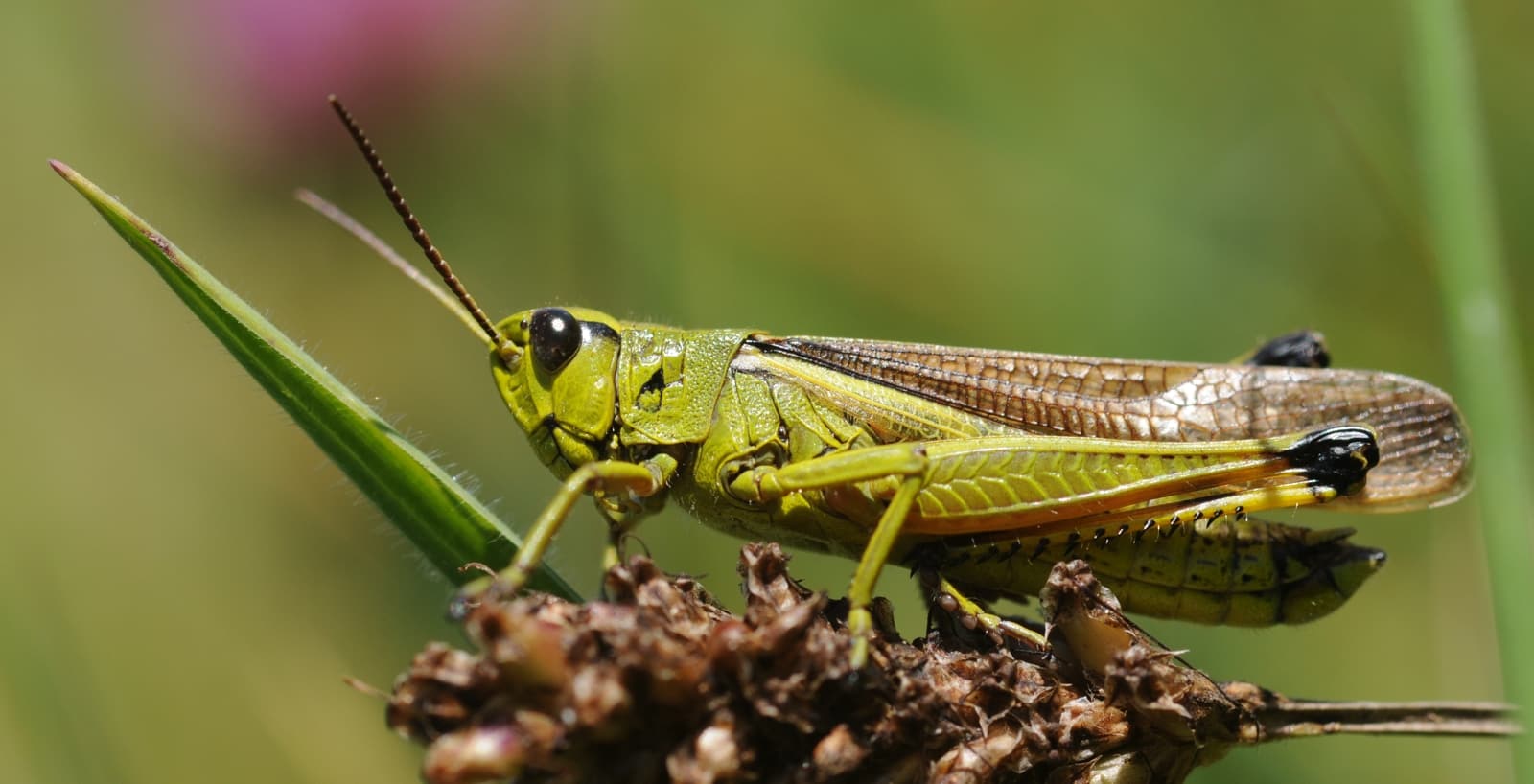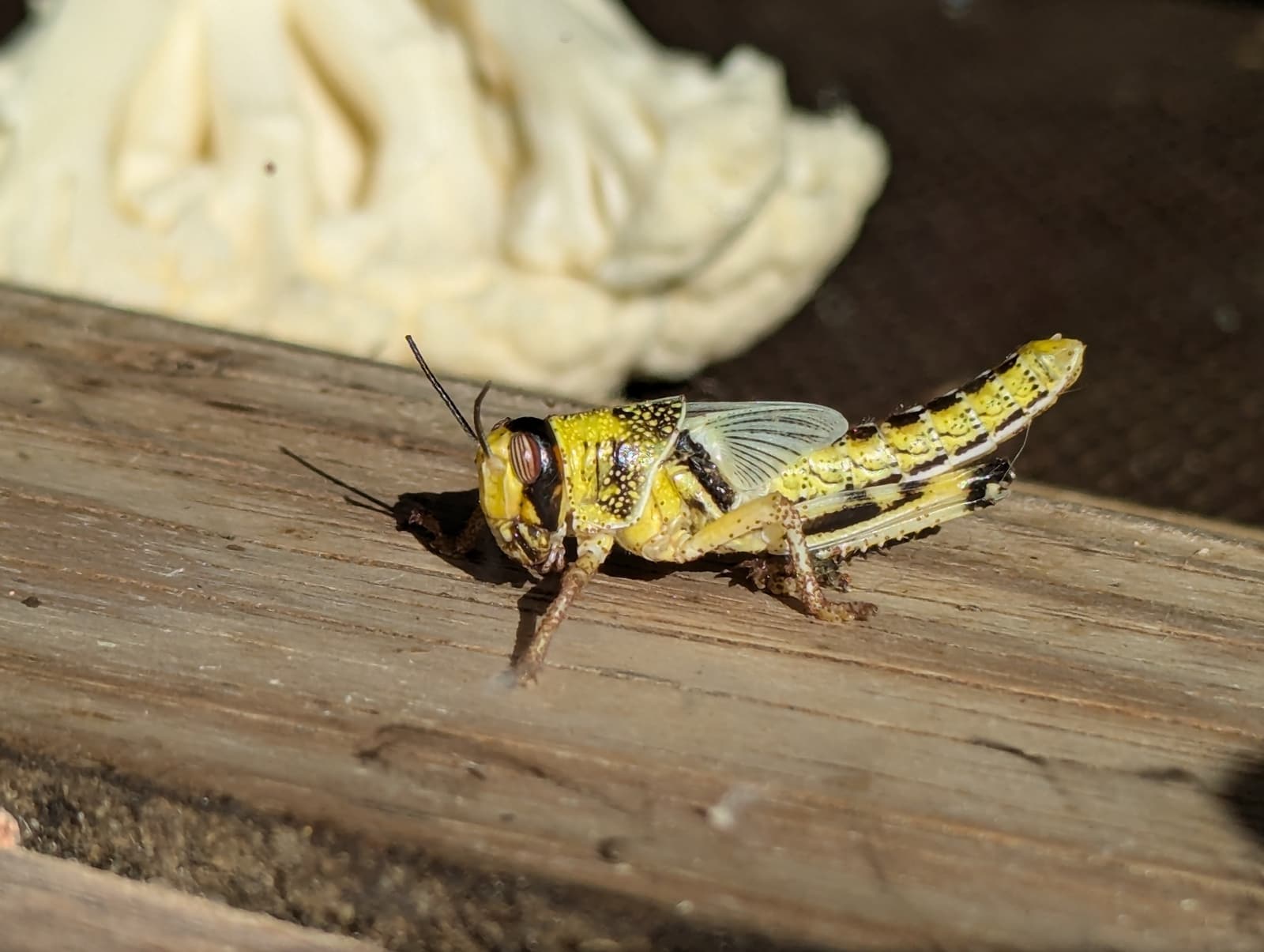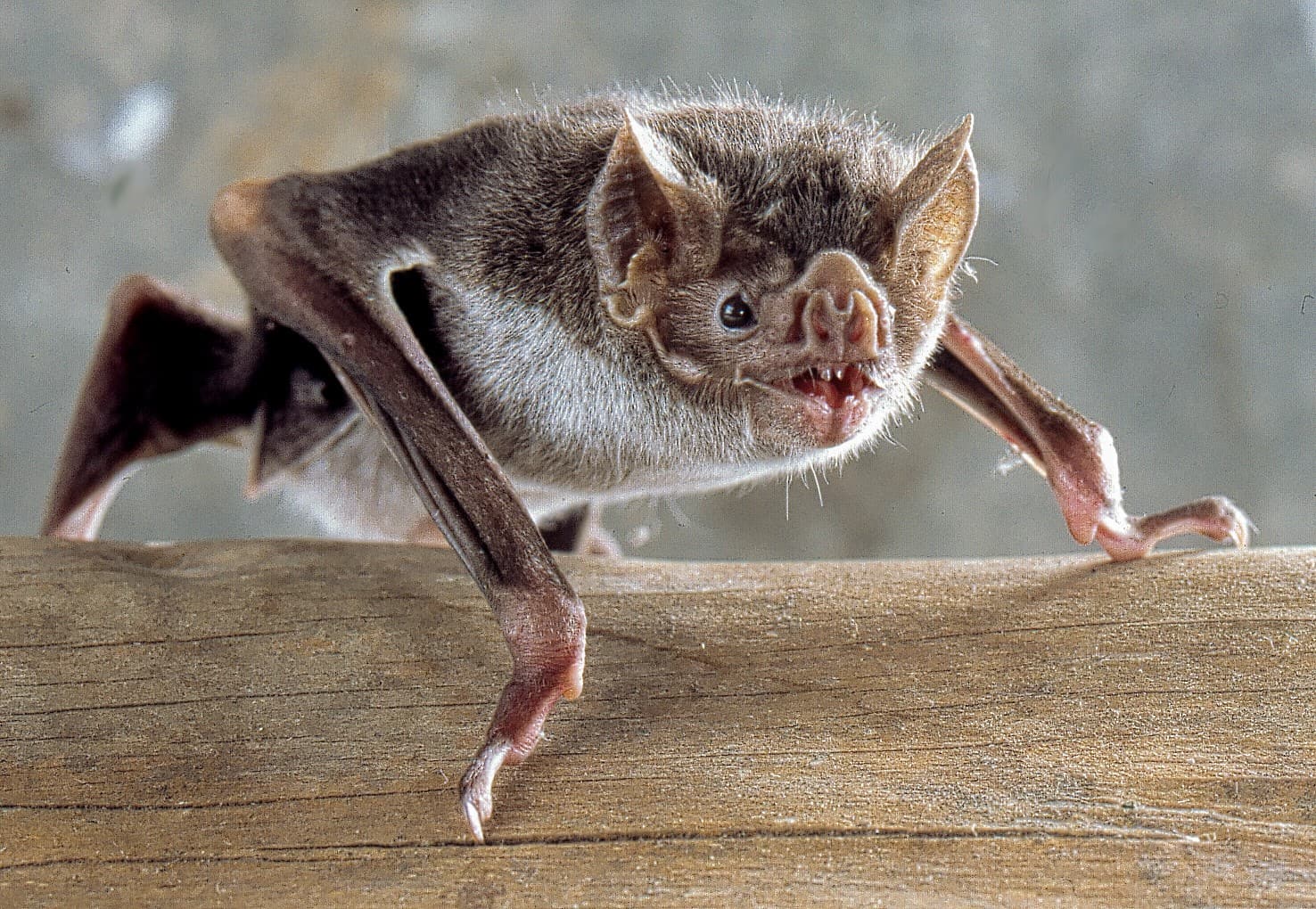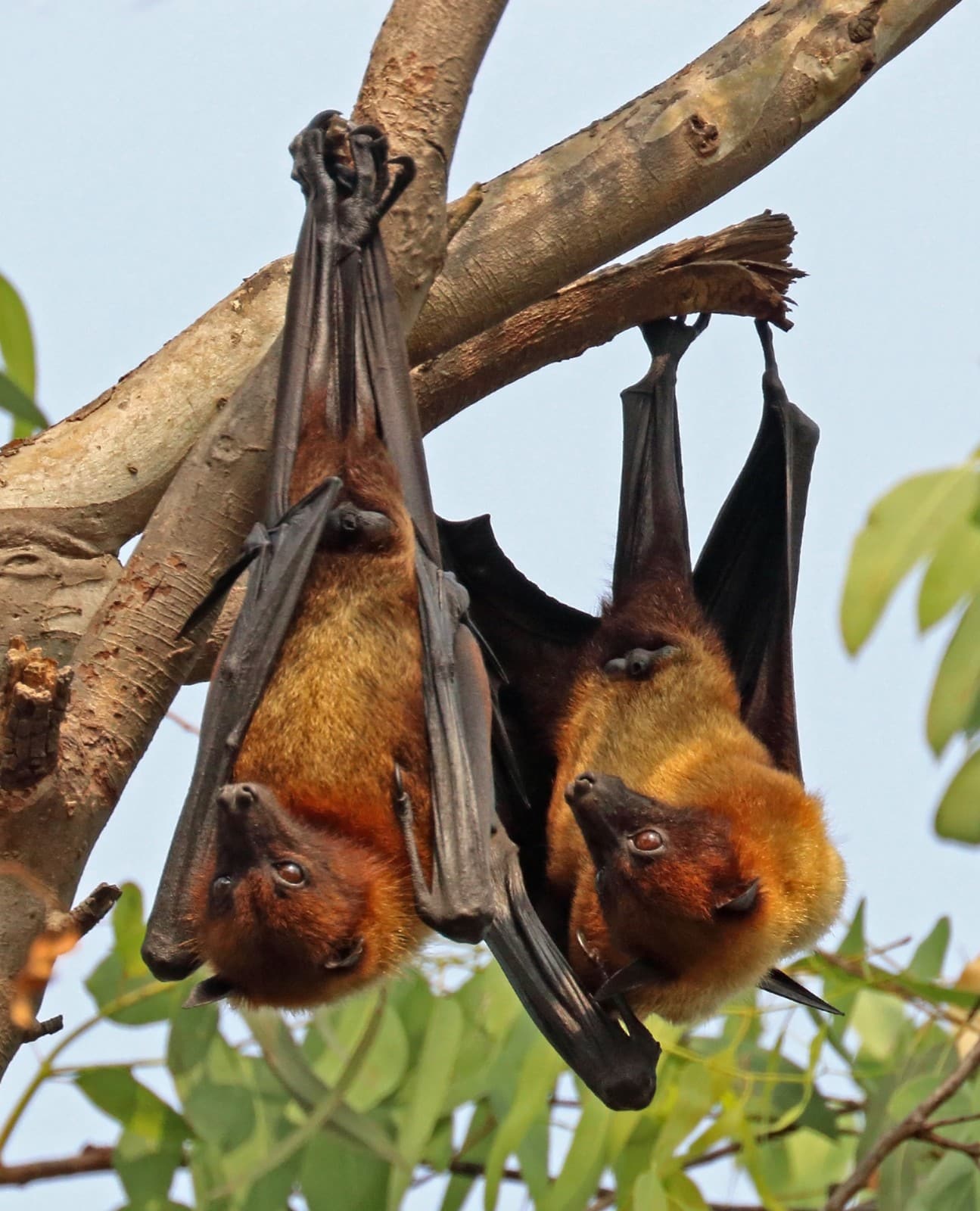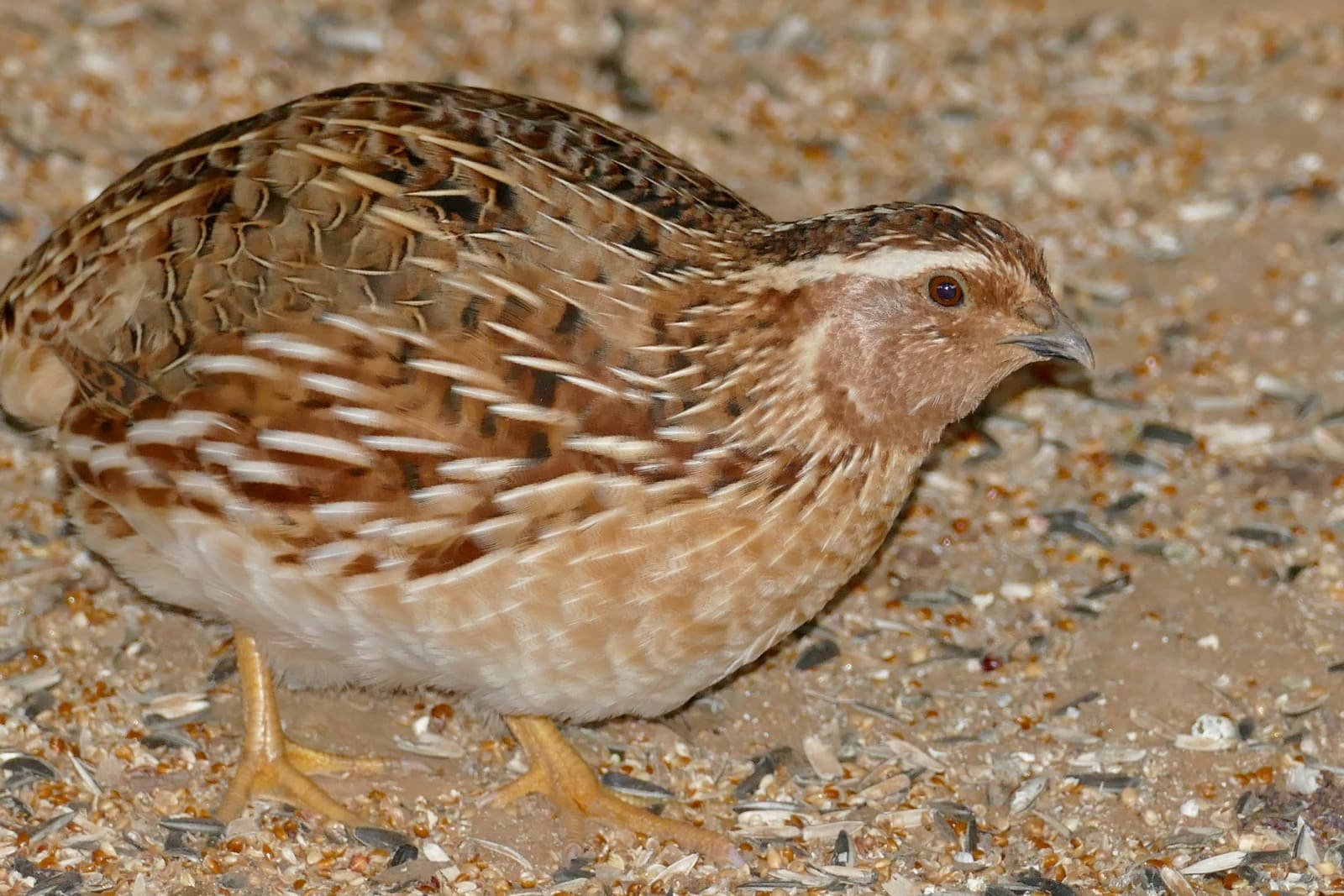Cricket vs Grasshopper: A Complete Comparison
While crickets and grasshoppers may appear similar at first glance, these remarkable insects possess distinct characteristics that set them apart. The most noticeable difference between crickets and grasshoppers lies in their antennae length – crickets sport long, thread-like antennae that often exceed their body length (typically 0.4-2 inches or 10-50mm), while grasshoppers feature shorter, stouter antennae rarely longer than half their body.
As a wildlife journalist who has spent decades studying these fascinating orthopterans across six continents, I’ve observed that these insects also differ significantly in their active hours and communication methods. Crickets are primarily nocturnal musicians, creating their distinctive chirps by rubbing their wings together, while grasshoppers prefer daylight hours and produce sounds by rubbing their legs against their wings.
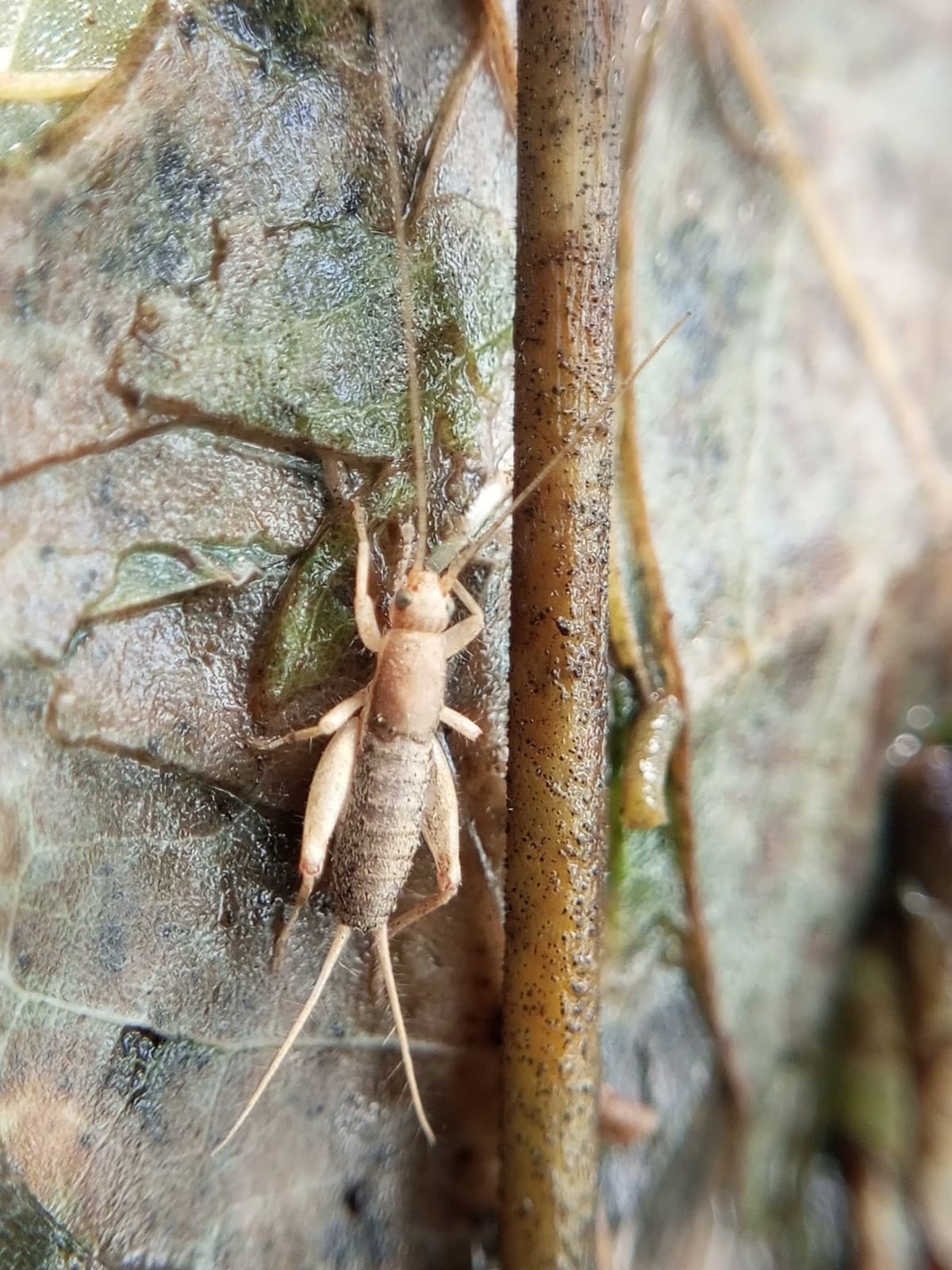
© Nativeplants garden / CC BY-SA 4.0
A typical cricket displays its characteristic long antennae and powerful jumping legs. Note the cylindrical body shape and muted coloration, adaptations that help it blend into nighttime environments.
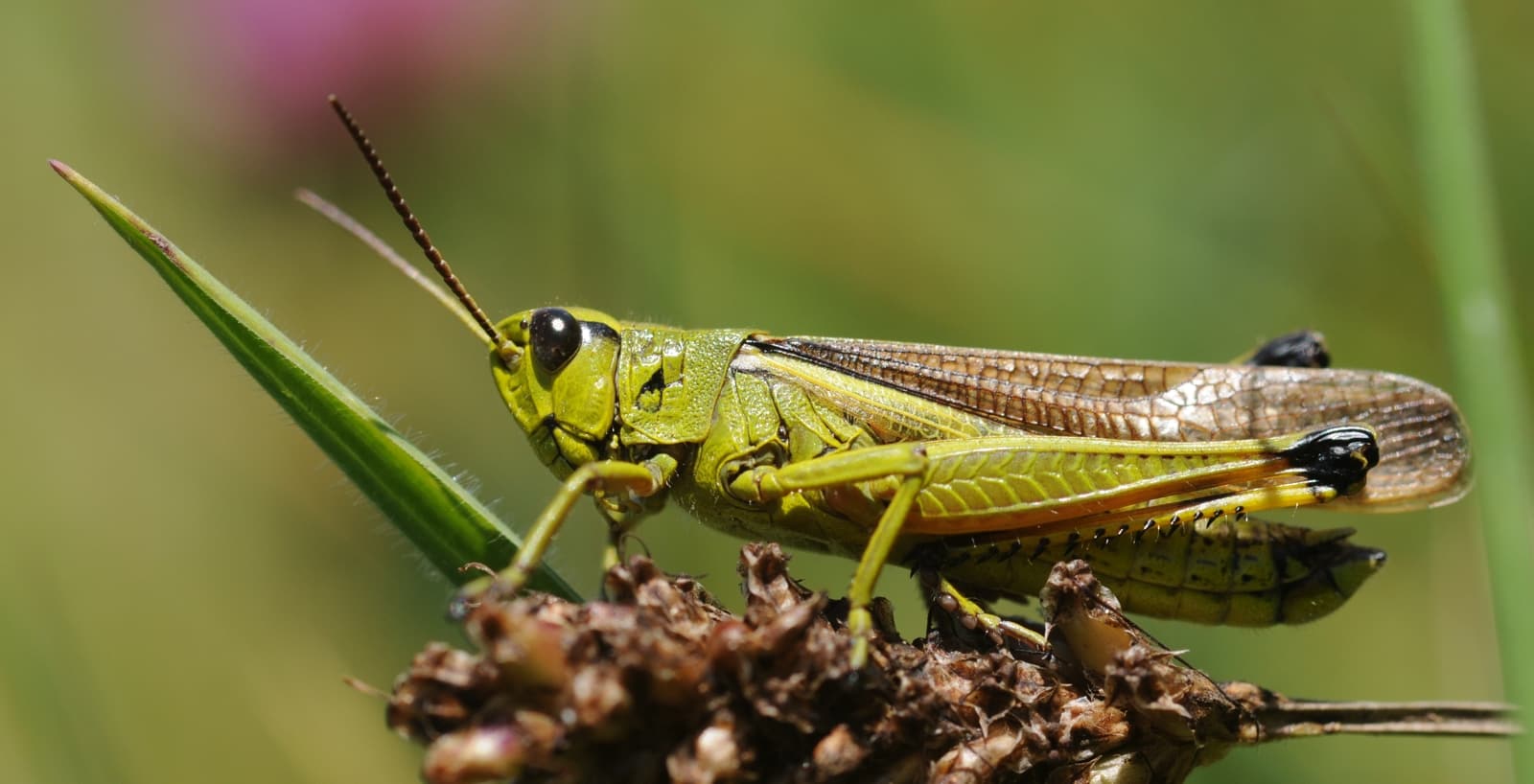
© Thomas Bresson / CC BY 2.0
The grasshopper exhibits its distinctive shorter antennae and robust body structure. The bright coloration and large compound eyes are typical adaptations for daytime activity.
Key Differences: Cricket vs Grasshopper
| Feature | Cricket | Grasshopper |
|---|---|---|
| Antennae Length | Long (exceeding body length) | Short (half body length) |
| Activity Period | Nocturnal | Diurnal |
| Sound Production | Wing-to-wing rubbing | Leg-to-wing rubbing |
| Body Color | Usually brown or black | Often green or brown |
| Size | 0.4-2 inches (10-50mm) | 0.75-4.5 inches (20-115mm) |
| Ovipositor | Long, sword-like (females) | Short, stubby |
Habitat and Behavior Differences
Crickets and grasshoppers exhibit distinct behavioral patterns that reflect their evolutionary adaptations. Crickets prefer dark, humid environments and are commonly found in burrows, under leaves, or in building crevices. Their nocturnal lifestyle has led to enhanced sensory capabilities, particularly their long antennae which serve as sophisticated touch and smell detectors in low-light conditions.
Grasshoppers, conversely, thrive in open, sunny areas like meadows and grasslands. Their shorter, more robust antennae are better suited for their daytime activities, where visual cues play a more important role than tactile sensing. These insects can withstand higher temperatures and are often seen basking in direct sunlight to regulate their body temperature.
Sound Production and Communication
The most fascinating distinction between these insects lies in their sound production mechanisms. Crickets create their familiar chirping through a process called stridulation, rubbing specialized parts of their forewings together. The right wing bears a file-like ridge that scrapes against a hardened scraper on the left wing, producing their characteristic chirp that can reach 100 decibels at close range.
Grasshoppers employ a different method, using their powerful hind legs as violin bows, drawing them across specialized wing veins. This creates a distinct buzzing or crackling sound, typically quieter than cricket chirps but still effective for communication across open spaces.
Diet and Ecological Role
While both insects play crucial roles in their ecosystems, their dietary preferences show notable differences:
-
Crickets are omnivorous scavengers, consuming:
- Plant matter
- Dead insects
- Organic debris
- Fungi
-
Grasshoppers are primarily herbivorous, feeding on:
- Grass leaves
- Agricultural crops
- Seedlings
- Plant stems
Who Would Win in a Fight?
From a purely biological perspective, grasshoppers generally hold several advantages in a theoretical confrontation:
- Size Advantage: Grasshoppers are typically 50-100% larger
- Stronger Jumping Ability: Can leap 20 times their body length
- Better Visual Acuity: Larger compound eyes for superior daytime vision
- More Robust Exoskeleton: Thicker body armor for protection
However, crickets’ superior nocturnal capabilities and more versatile diet make them better adapted for survival in diverse conditions, even though they might not win in a direct confrontation.
Understanding these differences not only satisfies scientific curiosity but also helps in pest management and conservation efforts. Whether you’re encountering a cricket’s nighttime serenade or a grasshopper’s daytime display, these remarkable insects continue to fascinate both researchers and nature enthusiasts alike.
